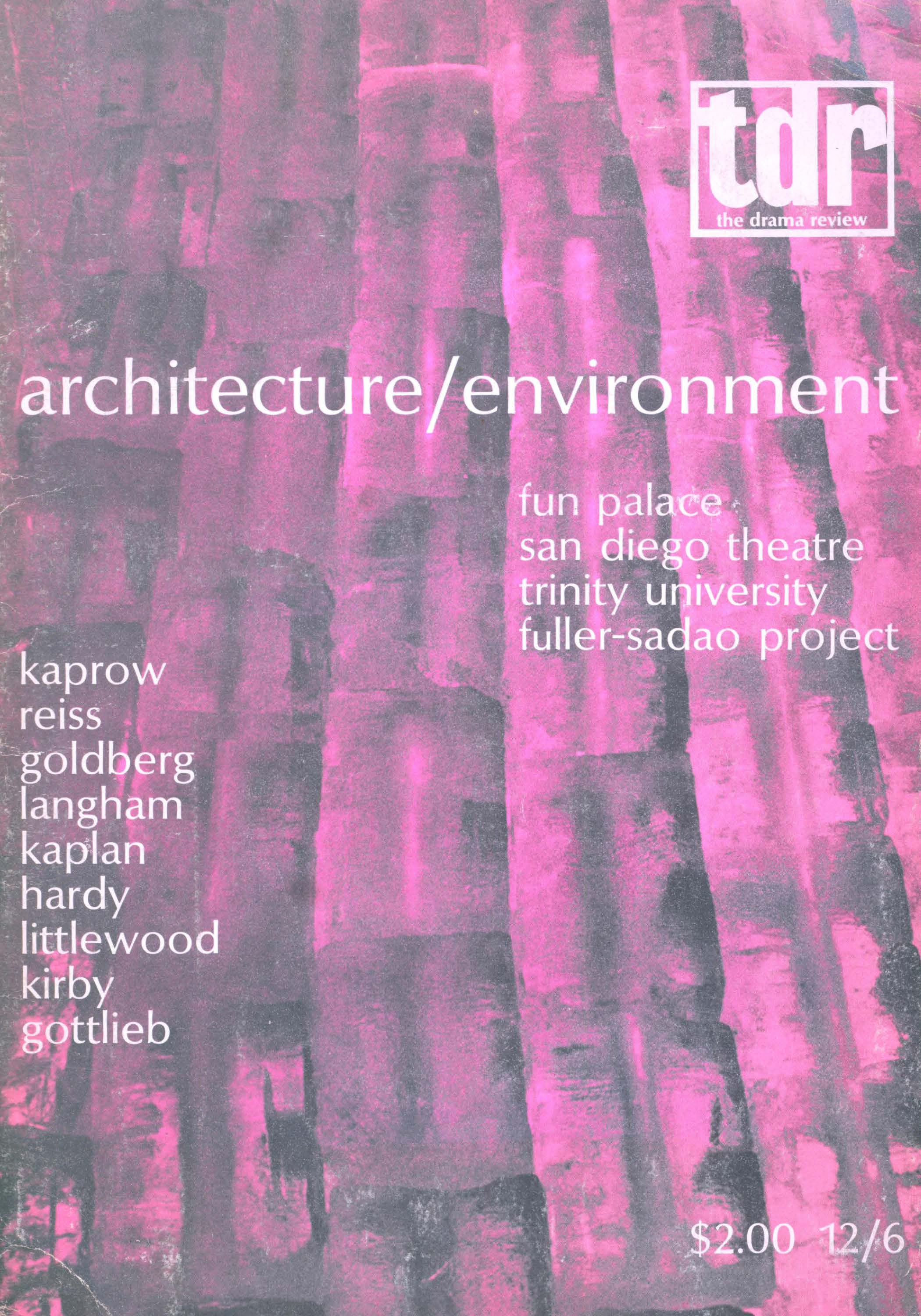No CrossRef data available.
Article contents
Extract
Chinese theatre must be judged on its own terms—as a weapon of the revolution. “Content first, then art” is the dictum. The revolution has given the theatre an abundance of themes. In return, the theatre fulfills its purpose by helping to educate the people and by debating important issues. It is, after all, part of the state machinery. It is also a superb example of didactic art that is popular at all levels of society.
One of the secrets of the theatre's success lies in the sheer depth of involvement on the part of all concerned. In Peking, an instructor told a visitor: “We educate our artists not for art's sake, but wholeheartedly to serve the people. We don't lock them up in classrooms, either, but let them go out to the workers, peasants and soldiers to learn from them as well. If they're going to portray revolutionary characters on the stage, they must first learn to become good revolutionaries themselves.”
- Type
- Contemporary
- Information
- Copyright
- Copyright © 1977 The Drama Review
References
The title photograph is of the ballet Beside the Water Pump. On facing page, the Shanghai Philharmonic Society performs for workers at Peking's No. 3 General Machinery Plant.
Above, members of the Peking Opera Troupe pick tea together with members of the Shangwang Production Brigade, Chekiang Province.


